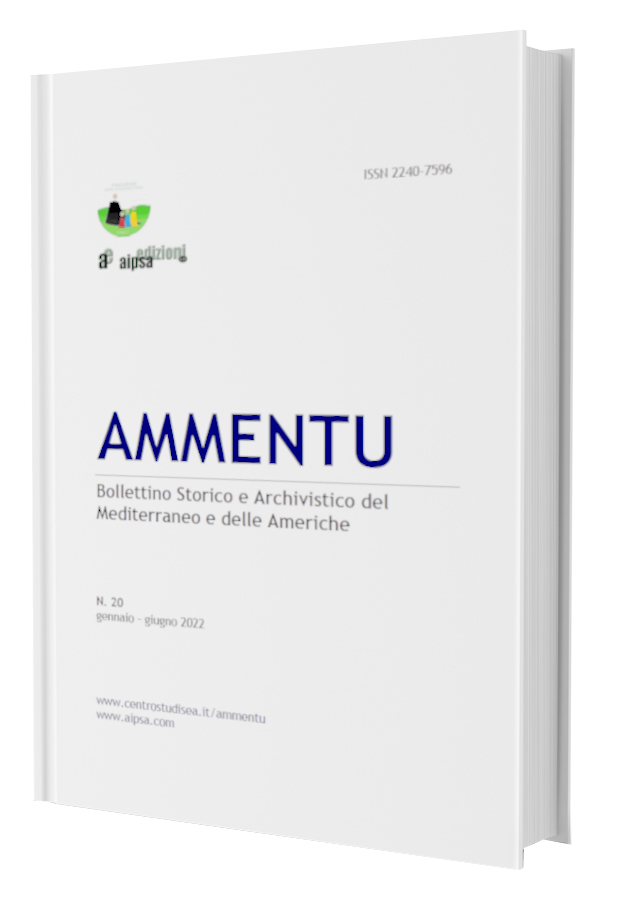Wheat, “annona” and controlled prices in Savoyard Sardinia
DOI:
https://doi.org/10.19248/ammentu.427Abstract
Over the centuries, the wheat supply control and the strategies adopted to ensure the subsistence of the urban and rural population has gradually been intertwined with factors related to cereal production, the market, prices and wages, credit, regional trade and internationally, to the social dynamics between city and countryside, to the consolidation of state stability. Throughout the Modern Age, the abundance of grains, especially in the urban area, is in fact, one of the central themes of the strategies of consolidation of urban hierarchies, of stability of the social order and of the formation of regional states. Despite growing social resistance, even in Savoyard Sardinia, until the end of the Ancien Régime, the goal that the élites set themselves is to control the price of cereals to appropriate the surplus and use it to ensure the subsistence of the urban population, channeling the rest to the regional and international market.
Downloads
Published
Issue
Section
License
Note on the copyright
The Copyright Notice below must be included with the journal information and in the metadata for each published article. Although every journal can freely determine the nature and scope of the copyright agreement with its authors, the Public Knowledge Project recommends the use of a Creative Commons license. For these purposes, an example is provided and may be copy and pasted in the space below for those journals that (a) offer open access, (b) offer deferred open access or (c) do not offer open access.









